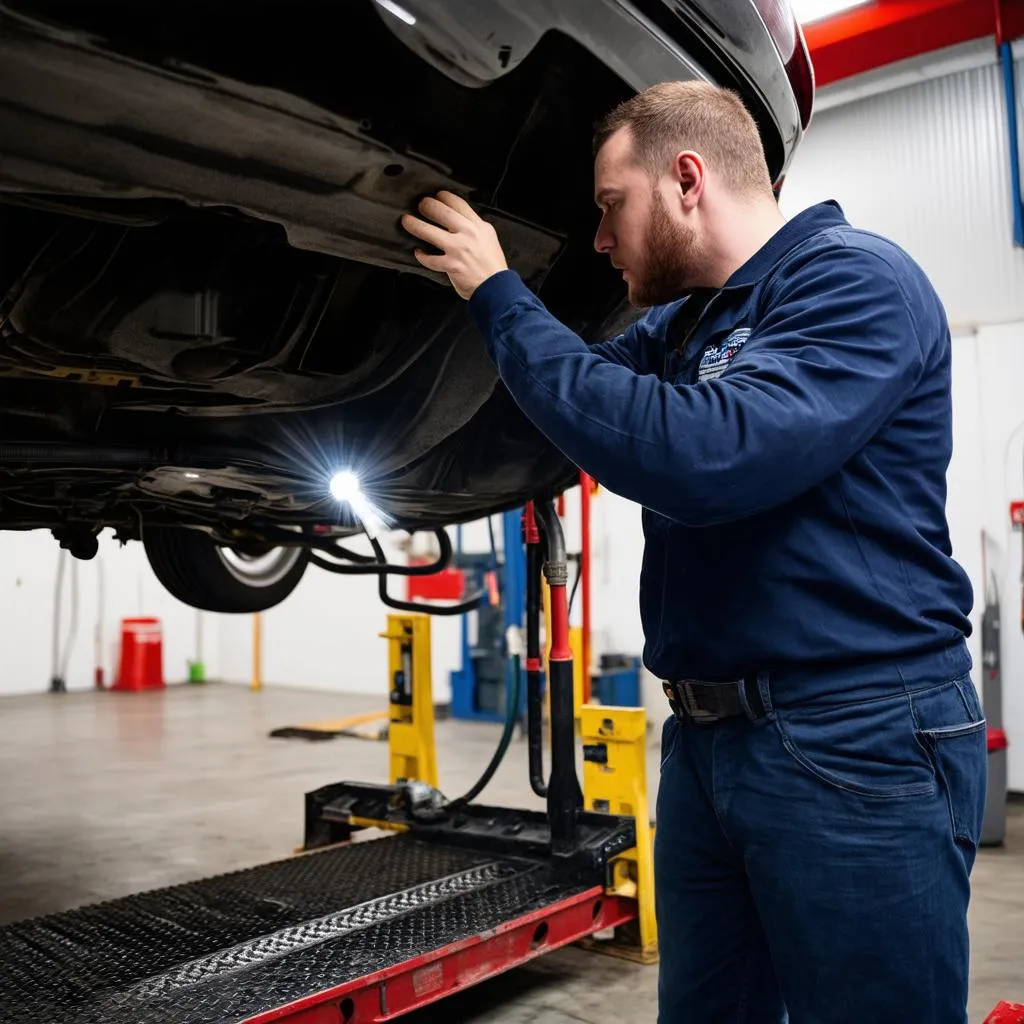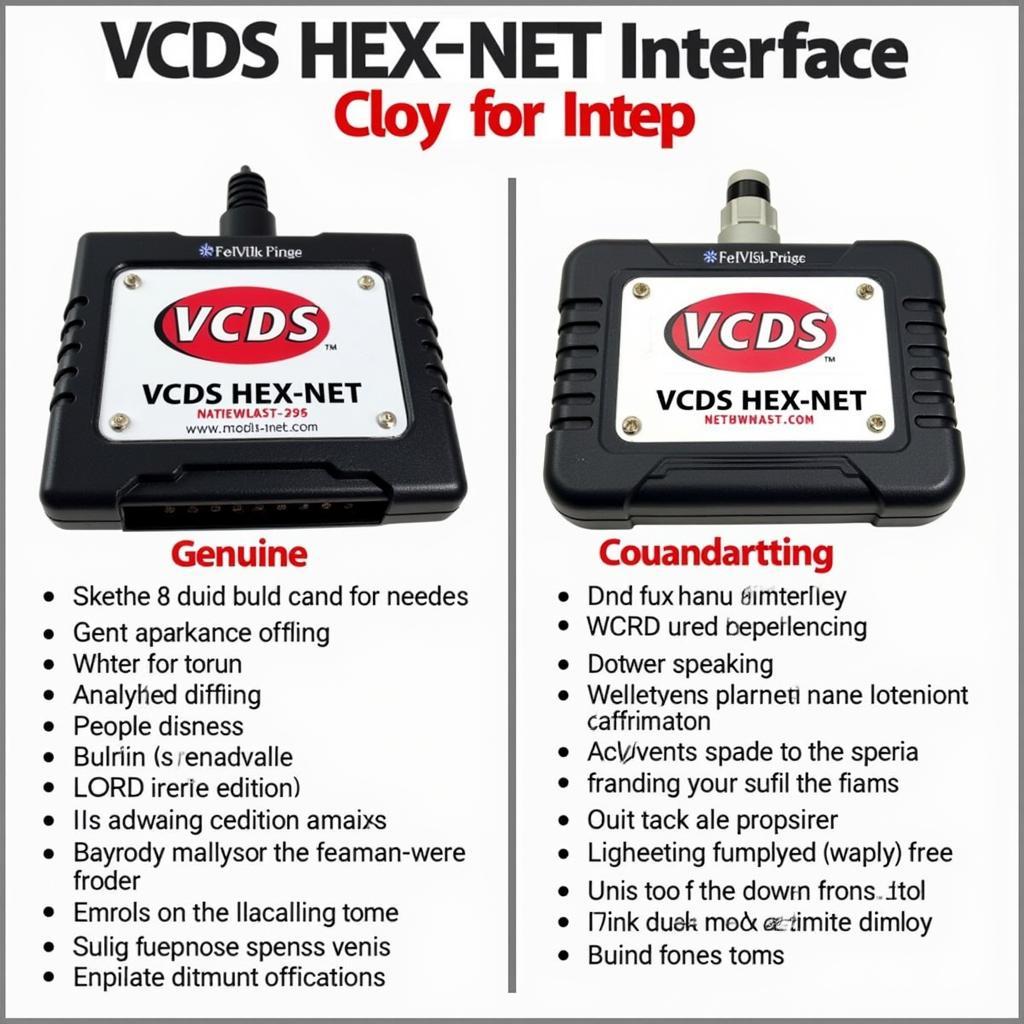A failing fuel pump can lead to a whole host of engine problems, from poor performance to difficulty starting. If you suspect your fuel pump is acting up, a VCDS (Vag-Com Diagnostic System) fuel pump test can be a valuable tool for diagnosing the issue. This guide will delve into the details of performing a VCDS fuel pump test, its importance, and answer some frequently asked questions.
What is a VCDS Fuel Pump Test?
A VCDS fuel pump test is a diagnostic procedure performed using the VCDS software, a powerful tool for interfacing with Volkswagen Audi Group (VAG) vehicles. This test allows you to activate your vehicle’s fuel pump remotely, check for fault codes related to the fuel system, and monitor live data such as fuel pressure.
This test is particularly useful because it allows you to bypass physically inspecting the fuel pump, which can be time-consuming and labor-intensive.
Why Perform a VCDS Fuel Pump Test?
A VCDS fuel pump test helps pinpoint the root cause of fuel system issues. Symptoms like hard starting, engine sputtering, or sudden loss of power might indicate a failing fuel pump.
Performing this test can help you:
- Confirm fuel pump operation: You can verify if the fuel pump is priming and building pressure when activated.
- Diagnose electrical issues: The test can help identify problems with the fuel pump relay, wiring, or the fuel pump control module.
- Monitor fuel pressure: By monitoring live data, you can check if the fuel pressure is within the manufacturer’s specified range.
How to Perform a VCDS Fuel Pump Test
Before you begin, ensure you have the following:
- A Windows-based laptop
- A genuine Ross-Tech VCDS interface
- A compatible VAG vehicle
Here’s a step-by-step guide to performing the test:
-
Connect the VCDS interface: Connect the VCDS interface to your laptop’s USB port and the vehicle’s OBD-II port.
-
Turn on the ignition: Turn the ignition on, but don’t start the engine.
-
Launch VCDS software: Launch the VCDS software on your laptop and establish communication with your vehicle.
-
Select control module: From the main menu, select “Select Control Module.”
-
Choose engine electronics: Navigate to the engine electronics control module, typically labeled as “01-Engine.”
-
Access output tests: Go to “Output Tests” or “Basic Settings” depending on your VCDS version and vehicle model.
-
Select fuel pump: Choose the option for “Fuel Pump” from the list of available output tests.
-
Activate the pump: Follow the on-screen prompts to activate the fuel pump. You should hear the pump running.
-
Monitor for operation: Observe the fuel pump’s behavior while it runs. You might need to consult your vehicle’s repair manual for the expected duration of the test and acceptable pressure values.
-
Check for fault codes: After the test, check for any fault codes stored in the engine control module related to the fuel system.
 VCDS Software Screenshot
VCDS Software Screenshot
Interpreting the Results
-
Pump Activates and Pressure is Good: If the pump activates, runs smoothly, and achieves the required fuel pressure, your fuel pump is likely functioning correctly. Further diagnostics might be needed for other fuel system components.
-
Pump Not Activating: A non-responsive pump might indicate a faulty fuel pump relay, blown fuse, wiring issue, or a problem with the fuel pump control module.
-
Pump Runs, Low Pressure: This could point towards a failing fuel pump, a clogged fuel filter, or a leak in the fuel lines.
Frequently Asked Questions
Can I perform a VCDS fuel pump test on any car?
No, the VCDS software is specifically designed for vehicles from the Volkswagen Audi Group (VAG), including Volkswagen, Audi, Seat, Skoda, Bentley, and Lamborghini.
What if I don’t hear the fuel pump running during the test?
If you don’t hear the pump, start by checking the fuel pump fuse and relay. If those are okay, you may have a wiring issue, a faulty fuel pump control module, or a dead fuel pump.
Do I need any special skills to perform this test?
While the test itself is relatively straightforward, basic knowledge of automotive systems and familiarity with the VCDS software is recommended.
What should I do if the VCDS test shows a problem?
If the test reveals a problem, it’s best to consult with a qualified automotive technician specializing in VAG vehicles. They can help diagnose the specific issue and recommend the necessary repairs.
Can I damage my car by performing a VCDS fuel pump test incorrectly?
While the test itself is unlikely to cause damage if performed correctly, always follow the instructions carefully and consult a professional if you’re unsure about any step.
 Car mechanic inspecting fuel lines
Car mechanic inspecting fuel lines
Conclusion
The VCDS fuel pump test is a powerful diagnostic tool for identifying problems within the fuel system of VAG vehicles. It allows you to pinpoint issues with the fuel pump itself or related components. However, it’s essential to remember that this test is just a starting point for diagnosis.
If you encounter issues or are uncomfortable performing the test yourself, reach out to a qualified technician with experience using VCDS. They can help you interpret the results, diagnose the problem accurately, and recommend the appropriate course of action.
For further assistance and access to high-quality automotive diagnostic equipment, connect with CARDIAGTECH. They offer a wide range of tools and resources to support both DIY enthusiasts and professional mechanics.


